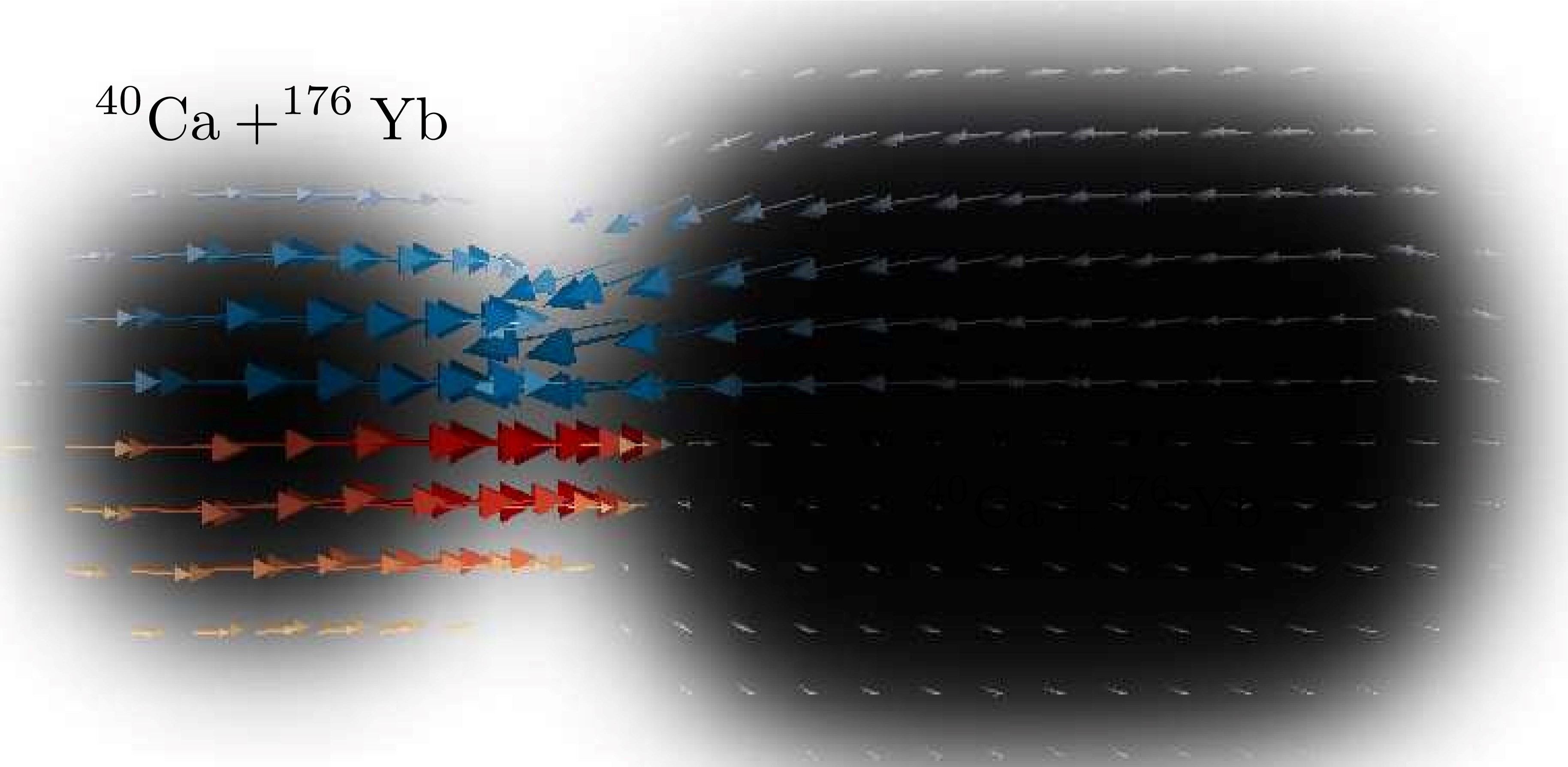Physicists Remotely Sense Radioactive Decay to Probe Fundamental Forces and Particles
The Project 8 and He6-CRES collaborations use a new technique to set an upper limit on neutrino mass and prepare to test the nature of the weak force.

The Science
Two collaborations have pioneered a new technique in experimental physics to investigate the nature of fundamental particles and forces in the universe. Using Cyclotron Radiation Emission Spectroscopy (CRES), the Project 8 collaboration set an upper limit on the mass of neutrinos. It did so by observing the decay of tritium, a radioactive isotope of hydrogen. The He6-CRES collaboration observed the decay of radioactive isotopes of helium and neon. This set the stage for investigating the weak interaction, one of the fundamental forces.The Impact
Neutrinos are the most common particles of known matter in the universe, but they are so light that no one has measured their mass. Project 8 conducted a small prototype neutrino mass measurement with the high-precision CRES technique. If this can be scaled up, Project 8 will either beat the current world-leading limit on neutrino mass or measure the mass directly, shining a light on the fundamental nature of this elusive particle. The He6-CRES team’s approach to testing the symmetries of the weak interaction similarly promises to go beyond the current limits in precision.Summary
Using the CRES technique, Project 8 set an upper limit on the neutrino mass of 155 eV/c2, or more than 3,300 times lighter than electrons. While this limit is not competitive with the current best (that their mass is more than 640,000 times smaller than that of electrons), Project 8 has shown that CRES performs as well as predicted for this prototype and shows the potential to scale up to become the leading direct neutrino mass measurement technique. Rather than letting the electrons slam into a solid detector as in previous detection techniques, in CRES an antenna picks up the radio waves that the electrons produce as they move in a magnetic field. This experiment demonstrated two benefits of CRES. The first is excellent energy resolution—the ability to precisely identify the kinetic energy of an electron. The second is zero background—the ability to reject background noise.Separately, the He6-CRES collaboration used CRES to observe positrons and electrons at energies of up to 2.1 MeV. This is 70 times higher than previously demonstrated by Project 8, which shows CRES’s sensitivity in the range of typical nuclear decay energies. This builds the foundation for a high-precision search for a tensor component of the weak interaction.
Contact
Joseph FormaggioSpokesperson for the Project 8 Collaboration
Massachusetts Institute of Technology
josephf@mit.edu
Alejandro García
Spokesperson for the He6-CRES Collaboration
University of Washington
agarcia3@uw.edu
Funding
Project 8 is supported by the Department of Energy (DOE) Office of Science, Office of Nuclear Physics, the U.S. National Science Foundation (NSF), the PRISMA+ Cluster of Excellence at the University of Mainz, and internal investments at all collaborating institutions. He6-CRES is supported by the DOE Office of Science, Office of Nuclear Physics, NSF, the National Nuclear Security Administration, the Gordon and Betty Moore Foundation, the PRISMA+ Cluster of Excellence at the University of Mainz, and internal investments at all collaborating institutions.Publications
Ashtari Esfahani, A., et al. (Project 8 Collaboration), Tritium Beta Spectrum Measurement and Neutrino Mass Limit from Cyclotron Radiation Emission Spectroscopy. Physical Review Letters 131, 102502 (2023). [DOI: 10.1103/PhysRevLett.131.102502]Byron, W., et al. (He6-CRES Collaboration), First observation of cyclotron radiation from MeV-scale e± following nuclear β decay. Physical Review Letters 131, 082502 (2023). [DOI: 10.1103/PhysRevLett.131.082502]
Related Links
Neutrino Mass in the Crosshairs, the American Physical Society’s Physics MagazineClosing in on the Elusive Neutrino, Pacific Northwest National Laboratory news release
Highlight Categories
Program: NP
Performer: University , DOE Laboratory
Additional: International Collaboration



